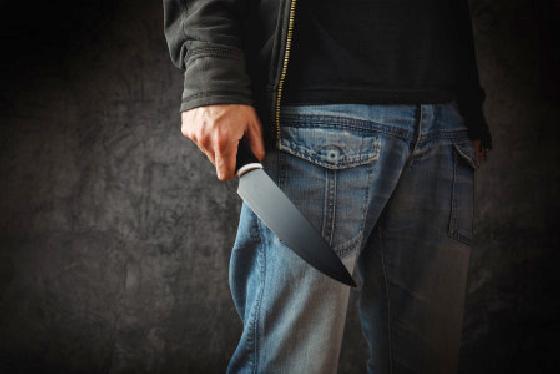
How to Survive a Knife Attack
July 25, 2017
Wong Shun Leung: “I once took on ten guys carrying knives! And they never cut me once!”
Student: “How did you do it, Sifu?”
Wong Sifu mimes the action of running like hell.
paraphrased from WSL interview with Bey Logan
Mark, one of my kung fu brothers shared an interesting article with us recently from a website called Urbanfitandfearless (thanks Mark).
Caution – this article has truly horrifying videos of cold-blooded murder with knives. But if you are serious about standing a chance, you might need to understand how bad it is.
As I’ve pointed out HERE , you do not want to mess around with someone wielding a knife. They say in a knife fight, one goes to the hospital, the other goes to the morgue. That’s where they both have knives that have been deployed. If it’s empty hand vs a knife in the hand, this jumps mostly to the empty hand person going to either the hospital or the morgue.
As my teacher has pointed out in the training of the knife, in WIng Chun we put a lot of effort into training structure so our punches are a useful weapon. A knife requires zero training. As this article points out, knives are usually concealed until deployed and then its usually a blitz attack from close range. A sociopathic 10 year old can take out a master fighter with this strategy. Remember that Wild Bill Hickock was back shot by a nobody with no skills but sneakiness.
Points from the article:
Most knife attacks are ambushes, not duels
In 80% of the cases, the knife is kept hidden until the very last moment.
Typically, the victim is 1) distracted, 2) cornered, and 3) the attack is launched at close quarters.
70% of knife attacks start at conversation range.
Watch out!
The best way to avoid a knife attack is to avoid the sort of areas people hang out in who carry knives – you know where they are. Bars, clubs, alleys, parks at night, etc.
If you find yourself in a confrontation, watch your distance. The further away you are, the better your chances. Don’t try disarms unless you can’t run. Disarms (in my opinion) are for when you’ve already been stabbed and you’ve managed to get a grip on the knife or the wrist. Disarms are easy to do in the dojo and not so easy when the weapon is slippery with blood and the opponent is going all out.
